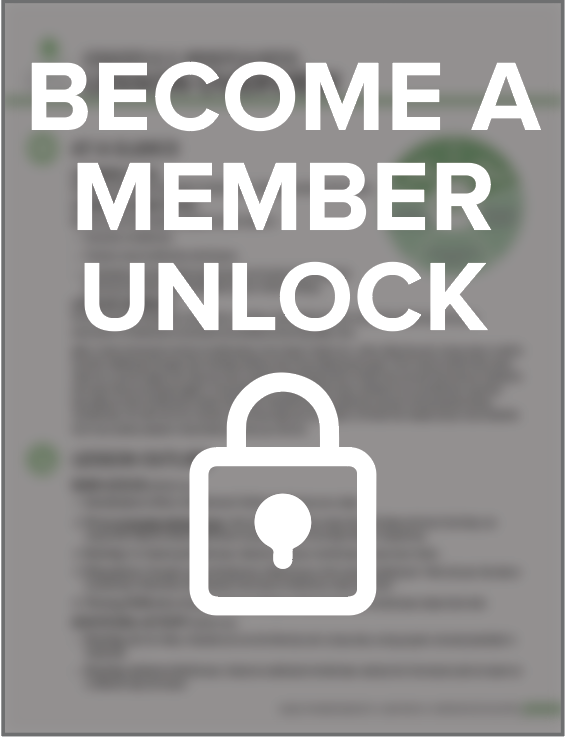Locked Content
Unlock this lesson plan by becoming a paid member. Existing members, please log in.
Students will learn the why and how to use I-Statements to communicate
about their feelings.
By the end of the lessons, students will be able to:
- Identify the difference between an I-Statement and a You-Statement
- Understand why I-Statement make communication about feelings easier
- Use an I-Statement
I-Statements are a way of expressing feelings that encourages students to focus on what they are feeling instead of on what others did. I-Statements can be used to discuss both positive and negative feelings, but they are particularly useful in conflict resolution: if we just talk about our own feelings instead of assigning blame, conversations can quickly move to resolution.
The lesson starts with a Munchy & Jumpy story that has them stumble into I-Statements: they become allergic to the word “you” and find that conflict resolution is easier when they talk only about their own feelings. You then will outline the parts of I-Statement, which for lower elementary students consists of 2 parts: I Feel (emotion) when (event) . Students will practice crafting I-Statements in pairs or whole class Finally, students reflect by drawing themselves making an I-Statement.
This lesson is a great opportunity to use puppets. You can model a conversation that includes I-Statements.
See lesson one on Mindfulness for some general teaching recommendations about doing live online or recorded social-emotional lessons.
The Tic-Toc mindful moment is a lot of fun! Consider having the students off camera the first time and then have them on camera – it’s fun to see a whole class of kids rocking on camera.
Using the read aloud as an anchor, after you teach the form of an I-Statement, have students come up with an I-Statement for a character. If you have time to hear each one, great. If not, you deliver a few and have students guess which character. You can have them use signals to show which character (e.g., jump up and down for Jumpy, pretend to eat a carrot for Munchy).
You also can invite students to grab a pair of stuffed animals (or draw two characters) and act out delivering I-Statements.
When modeling creating and delivering I-Statements, provide a short story for the I-Statement you model. Can you incorporate any props from your home?
CASEL Competencies
Self-awareness: The abilities to understand one’s own emotions, thoughts, and values and how they influence behavior across contexts. This includes capacities to recognize one’s strengths and limitations with a well-grounded sense of confidence and purpose.
Relationship skills: The abilities to establish and maintain healthy and supportive relationships and to effectively navigate settings with diverse individuals and groups. This includes the capacities to communicate clearly, listen actively, cooperate, work collaboratively to problem solve and negotiate conflict constructively, navigate settings with differing social and cultural demands and opportunities, provide leadership, and seek or offer help when needed.


